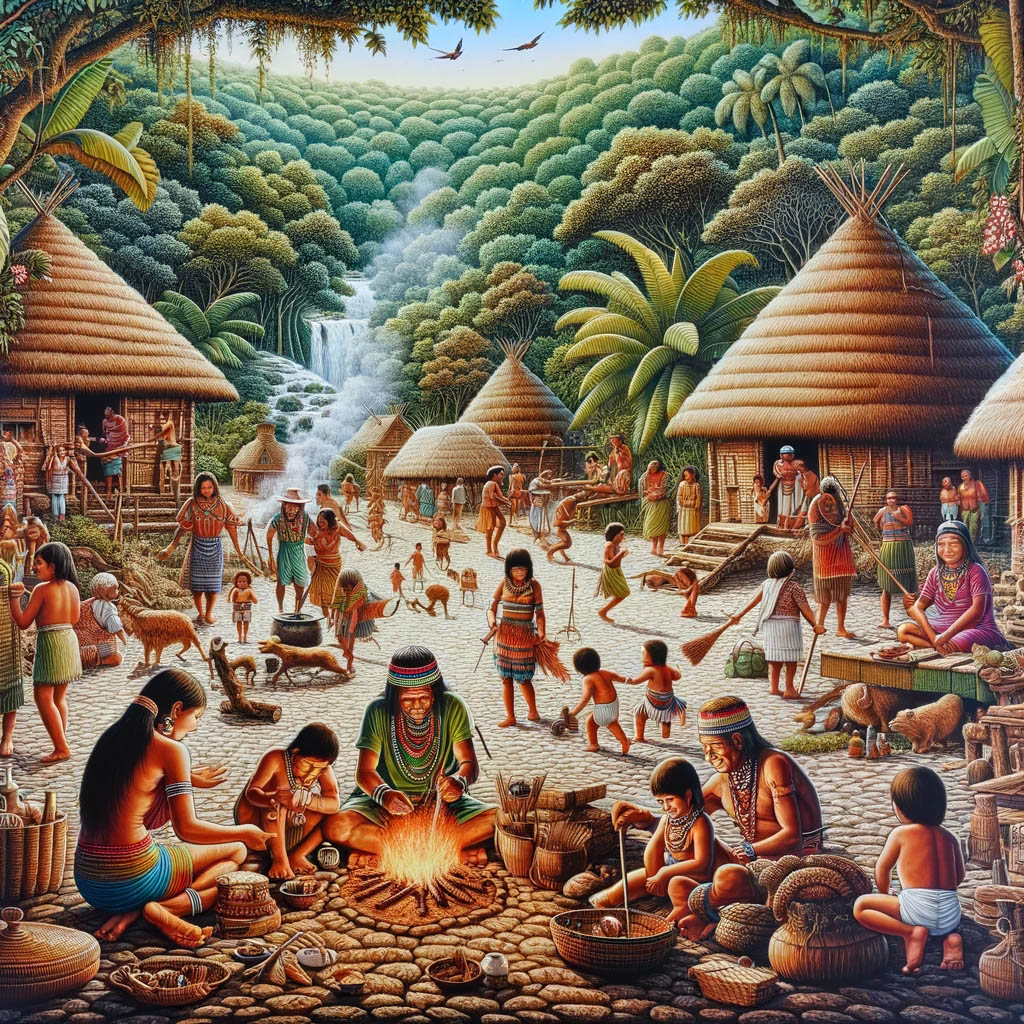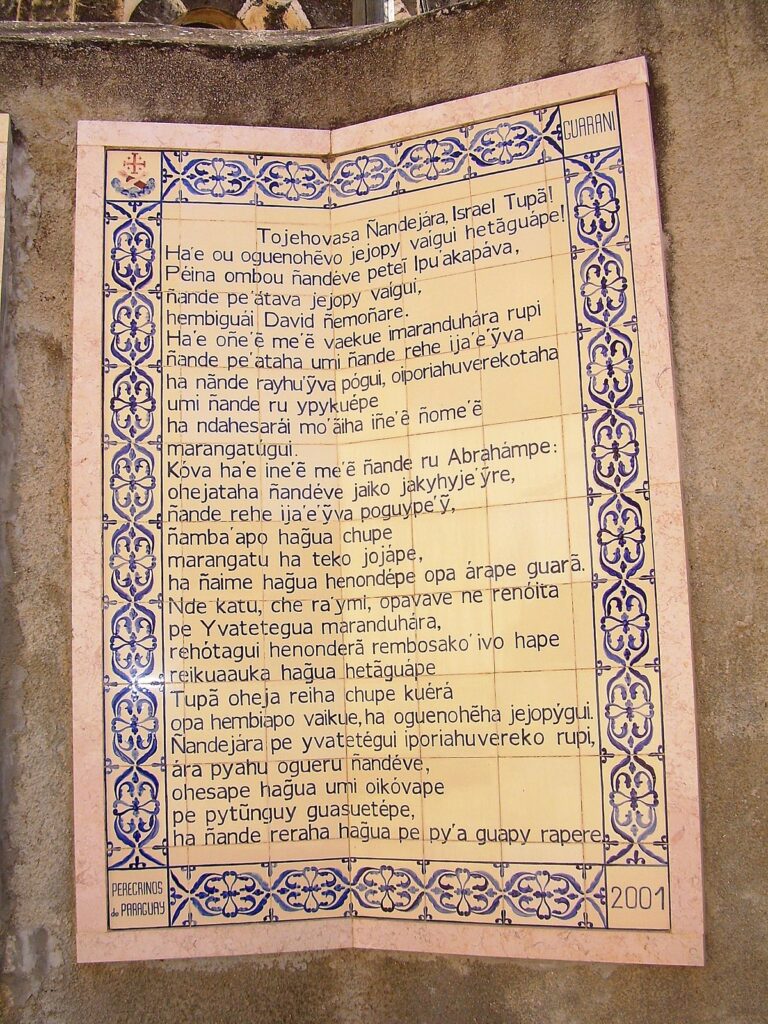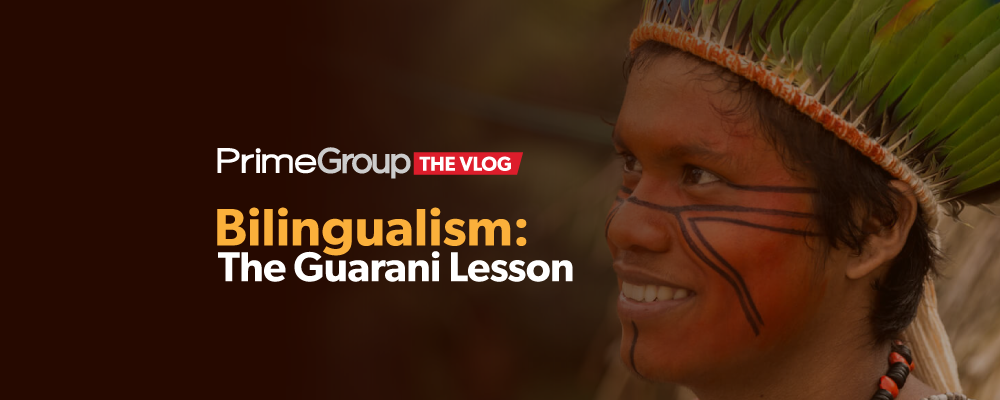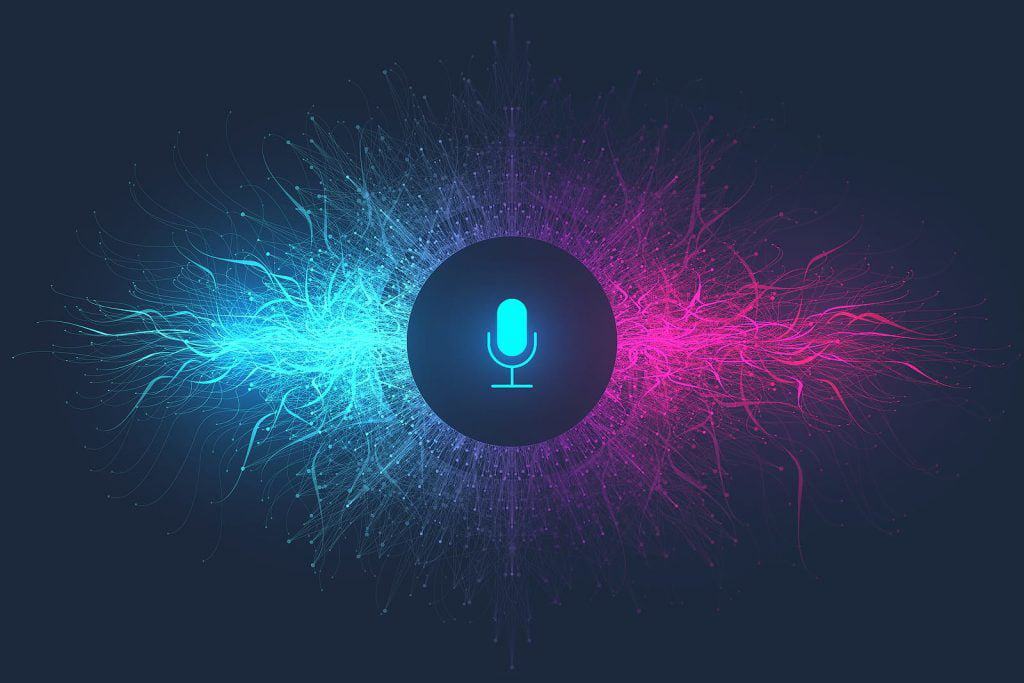In the heart of South America, there is a language that flows with the same vitality and diversity as the rivers that cross the continent: Guaraní. Not only is it one of the most widely spoken indigenous languages today, with nearly 7 million speakers, but it also holds official status in Paraguay, sharing this honor with Spanish. But what makes Guaraní so special and how has it managed to stay vibrant in the modern era?
Origins and Expansion
Guarani belongs to the Tupi-Guarani family, a group of indigenous languages that spread across much of South America before the arrival of Europeans. Its history is as deep as the roots of tropical trees, with evidence that its use dates back more than 600 years. Originally spoken by the Guaraní people, its influence extended from the Atlantic to deep into the interior of the continent, reaching territories of what we now know as Paraguay, Argentina, Brazil, Bolivia and Uruguay. The Jesuits played a fundamental role in the preservation and promotion of the Guaraní language from the 16th century onwards. They learned and taught the language to evangelize the indigenous Guaraní people, and established reductions where Guaraní was used in education, administration and liturgy. They compiled dictionaries and grammars, contributing to its standardization. Despite their expulsion in 1767, their legacy in the use and importance of Guaraní endures, being an integral part of Paraguayan culture.

Guaraní in Paraguayan Society
In Paraguay, Guaraní is more than a language; it is a pillar of national identity, much more so than the Paraguayan harp. By the way, Guaraní is also the name of the national currency. Returning to language, we must say that bilingualism is not an imposed policy, but rather an admirable consensus in which two languages enrich the cultural heritage of the country. The two languages add, not subtract, they do not cancel each other out as sadly happens in other countries where the dominant language of the political elite ends up marginalizing or burying any other. We insist, the splendor of Guaraní and the strength of Spanish are complementary phenomena to the point that Paraguay is a living laboratory of bilingualism, where both Guaraní and Spanish are taught in schools, spoken in homes, used in public administration and resonate equally in the media such as Radio Ñandutí.
The fact is that nearly 87% of the Paraguayan population speaks Guaraní, making it one of the few nations where an indigenous language and a European language coexist on equal terms.

Jopara
It must be said that many Paraguayans also speak a mixture called Jopara, that is, a hybrid of Guaraní and Spanish. According to some Paraguayan intellectuals such as the late writer Augusto Roa Bastos, this hybrid and mestizo Jopara is not a healthy phenomenon for culture, but quite the opposite. One language ends up wearing out and contaminating the other. According to the author of “Hijo de Hombre” this mixture can be useful orally, but it is harmful in formal writing and prevents Paraguayan writers and intellectuals from being known outside the country. In any case, let us say that Guaraní has enriched Spanish in Roa Bastos’ own literature, specifically in his great work “Yo el Supremo”.
Guarani is a melodious, soft and musical language. Music in Guaraní crosses borders, with artists such as Perla, who popularized songs in this language in the 70s, showing the capacity of Guaraní to emotionally connect with international audiences. Paraguayan cinema also offers works in Guaraní, such as “7 Cajas,” which uses the language to tell authentically Paraguayan stories, demonstrating its cultural relevance.
The Future of Guaraní
Although Guaraní is spoken by 7 million people, its teaching faces challenges. Despite government efforts, the lack of teaching resources and training compromises its future. Spanish seems to win the game on its own, due to its wide use on the Internet, including applications and social networks.
Guarani Lessons for the World
Guarani in Paraguay offers a valuable lesson to the world about the preservation of indigenous languages. It is a unique case in which the language of the conquered survives just like the language of the conqueror. But most importantly, Guaraní teaches us that it is possible for a language to maintain its relevance and evolve in a globalized context, as long as there is a collective commitment to its promotion and protection. For countries facing similar challenges, such as Spain with Catalan and Spanish, Guaraní serves as an inspiring example of how mutual respect, promotion and teaching of both languages of a territory can enrich a country. Put more simply, Guaraní has never denied or eclipsed Spanish in order to prosper, just as Spanish has not imposed itself on or marginalized Guaraní in more than 400 years of common coexistence. The secret lies in coexistence and harmony.
By the way, in Guaraní, friendship has a beautiful connotation, it is called Angiru. The word is composed of anga, which means soul, and iru, which means companion. So, friend is… soul mate. You already know…
If this exploration of Guaraní has sparked your interest and curiosity, I encourage you to visit our Blog at PrimeVoices.com. There you will find more information and resources to further immerse yourself in the fascinating world of the Paraguayan language.


